Sudoku Puzzles Printable and Digital
Quick jump to:
Introduction
Hey there, Sudoku lover! Welcome to your go-to treasure trove for everything Sudoku. Whether you’re scribbling puzzles on a lazy Sunday, prepping brain teasers for your students, or craving a mental escape during your commute, we’ve got you covered. Think of this collection as your puzzle bestie—here to serve up classic 9x9 grids, quirky mini-Sudokus 4x4, 6x6, and even beastly 16x16 monsters. Inside this collection, you’ll discover multiple ways to enjoy Sudoku: from downloadable generators for endless custom puzzles, to digital solutions that let you scribble on tablets or e-ink devices, to classic grids steeped in tradition. We also offer sets tailored to different skill levels, so you can start with Easy, move up through Medium, and tackle Hard boards as your confidence grows.With options for paper-and-pencil purists and digital wizards, you’ll never run out of ways to flex those logic muscles. Let’s dive in!
Sudoku Generators
If variety is what keeps you hooked on Sudoku, our Sudoku Generators provide an endless stream of boards. You can pick your difficulty—whether that’s Easy, Medium, or Hard—and even choose alternative levels (like Very Easy or Very Hard) if you feel like exploring the full spectrum. Grid sizes range from 4x4 for quick sessions up to 16x16 for those wanting a sprawling puzzle landscape. Plus, every puzzle is generated on demand, so you’ll rarely see the same layout twice. This is perfect if you love trying new logic maneuvers each time or you simply dislike repeating old boards. And yes, it’s all free—no subscriptions or paywalls. Just set your preferred difficulty and size, hit “generate,” and get solving.
That aspect alone makes it a go-to option for those who see Sudoku as a daily ritual. You might even try printing off a handful of boards in different difficulties to create your own mini-tournament among friends. With these generators, you’re in total control of the puzzle experience, guaranteeing there’s always something new to test your wits.
Digital Sudoku
If you prefer a paperless approach, our Digital Sudoku category offers a modern twist on a time-tested puzzle. Instead of printing pages, you can load Sudoku boards or entire collections onto a tablet, e-ink reader, or even a smartphone. Devices like the iPad, reMarkable, Onyx Boox, or Kindle make it easy to write directly on the screen, highlight potential numbers, or erase mistakes with just a quick tap. This kind of freedom is especially handy if you’re the type of solver who likes to mark possible digits in each cell or experiment with advanced logic paths without crossing out lines repeatedly. Not only does going digital save paper, but it also means you can carry a huge puzzle library everywhere you go—perfect for commutes or vacation downtime.
Beyond convenience, digital devices often come with extra features: the ability to zoom in if you want a closer look at a particular region, or to color-code certain cells if that’s your thing. Some folks even find it more comfortable to solve Sudoku in bed with a backlit tablet, rather than juggling a pen and printed pages under dim lighting. And for those times when a puzzle stumps you and you decide to step away for a break, your device can save your spot automatically, so returning to the puzzle hours or days later is effortless. If you’re a big fan of the environment or simply like a clutter-free lifestyle, digital Sudoku is a game-changer, combining classic puzzle-solving with all the perks of modern technology.
Classic Sudoku
Despite the many variants out there, a lot of puzzle enthusiasts have a soft spot for Classic Sudoku—the timeless 9x9 grid with rows, columns, and nine 3x3 boxes that each need to hold the digits 1 through 9. There’s a reason this format has endured: it strikes a near-perfect balance between accessibility and complexity. A standard 9x9 layout can be scaled up or down in difficulty by tweaking the puzzle’s initial clues. If you’re feeling nostalgic or want a direct, no-frills logical challenge, this is the place to look.
Classic Sudoku also serves as a shared language among players. Mention “Sudoku,” and most people instantly picture the 9x9 version. That familiarity makes it an easy puzzle to teach friends or family members who haven’t tried it before: you can walk them through the logic steps without having to explain specialized rules or extra twisty mechanics. Plus, practicing on a consistent format like 9x9 helps you hone recognizable strategies—like scanning rows and columns systematically, or picking off hidden singles—so you can measure your improvement over time. Whether it’s printed on a single page or opened on a digital app, classic 9x9 Sudoku remains a reliable staple, perfect for both quick sessions and more methodical, deep-thinking solves.
Easy Sudoku
When you’re brand-new to Sudoku, or if you’re just in the mood for a gentler brain teaser, Easy Sudoku puzzles are an ideal starting point. These grids usually come with more initial clues than harder puzzles, making it simpler to spot which cells can be filled in without advanced techniques. You’ll still engage in logical scanning—checking rows, columns, and regions for missing digits—but you won’t often run into complex scenarios that require guesswork or intricate elimination patterns. This level is also great for short breaks when you just want a quick victory: you can typically solve an Easy Sudoku in a relatively brief amount of time, which feels satisfying without eating up your entire afternoon.
Easy puzzles also help build up confidence for players transitioning from casual interest to more serious problem-solving. Some might say it’s the best way to understand Sudoku’s “language,” letting you see how a single correct digit can cascade into multiple discoveries. And if you’re teaching someone else—like a child or a friend who’s never tried Sudoku—an Easy board is the most approachable way to demonstrate how it all works. In many cases, it’s the perfect environment for practicing fundamental ideas like never repeating a digit in any row, column, or box and learning to see which cells are forced by the puzzle’s structure. Once you’re comfortable here, you can move on to bigger challenges in Medium or Hard territory, armed with the experience you gained from these simpler layouts.
Medium Sudoku
If Easy puzzles have started feeling a bit too straightforward, Medium Sudoku can help you take the next step up in complexity. These boards typically require a bit more analysis: maybe you’ll need to identify a pair of cells that can only be one of two digits, or spot the occasional hidden pair that helps you eliminate possibilities. Medium-level Sudokus are perfect if you want something that demands a bit more patience but still feels doable in a single sitting. They strike a nice balance between maintaining that satisfying flow of logic and introducing occasional “aha!” moments where you find a less obvious digit placement.
Medium puzzles are also a fantastic practice ground for building confidence in more advanced strategies without constantly hitting dead ends. You might encounter the need to check for locked candidates, for instance, or to scan entire rows and columns for certain patterns. If you get stuck, it usually means you missed a small detail rather than needing an expert-level technique. This is also a great difficulty for casual puzzle get-togethers, as it’s challenging enough to be interesting for most solvers but not so daunting that people give up. By the time you can breeze through Medium grids consistently, you’ll be well-prepared to approach Hard puzzles with more advanced logic, like chain reasoning or tricky subsets. Think of Medium Sudoku as the perfect midpoint that keeps you engaged, fosters skill growth, and remains thoroughly enjoyable.
Hard Sudoku
Finally, Hard Sudoku is where the puzzle really starts testing your determination. These boards won’t typically be solved with just scanning or basic singles—they often require more nuanced methods, like spotting subtle patterns, handling locked candidates across multiple rows or boxes, or performing careful elimination to avoid contradictions. You might need to pencil in candidate numbers for each cell just to keep track of everything that’s going on. But if you relish a solid mental workout, Hard puzzles deliver a sense of accomplishment that’s hard to beat. Completing one can feel like cracking a code—each digit you place can open the door to another discovery until the entire grid aligns perfectly.
Hard-level puzzles are also great for players aiming to push their boundaries while still staying within the realm of standard Sudoku logic. If you’ve become comfortable in Medium territory and you’re hunting for something that demands more persistence, Hard Sudoku is a natural progression. It’s challenging enough to keep you guessing for a good while, yet not so extreme that you’re forced into purely speculative or guess-based solving. That said, patience is key: it might take multiple passes through the puzzle, systematically checking each row, column, and box until you see an opening. If you do find yourself craving an even bigger test one day, we also offer levels beyond Hard, like Very Hard or Extra Hard, but Hard Sudoku is the sweet spot for those who enjoy in-depth problem-solving that remains firmly grounded in logic.
Conclusion
n the end, this Sudoku collection is all about choice and flexibility. Maybe you’re a brand-new solver wanting easy boards, or maybe you’re a seasoned puzzle fan eager to dive into Hard or even trickier levels. Perhaps you like the feeling of pencil on paper, or you’d rather go fully digital to store entire puzzle libraries on a slim device. Or you might find satisfaction in generating endless new grids with just a click—always seeking the next challenge. Whatever your style, these categories ensure you’re never stuck doing the same thing over and over. From classic 9x9 to alternative grid sizes, from quick single solutions to big group puzzle nights, Sudoku continues to offer a unique fusion of mental gymnastics and pure fun. We hope you enjoy exploring each category, learning new techniques, and discovering the puzzle-solving approach that suits you best. Happy solving!

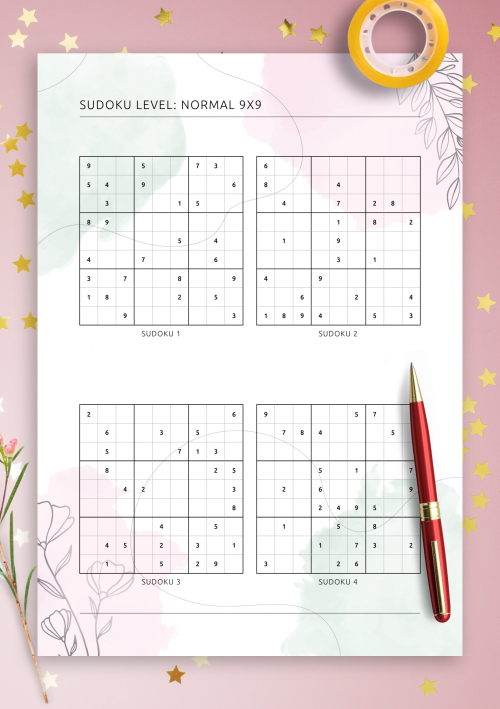

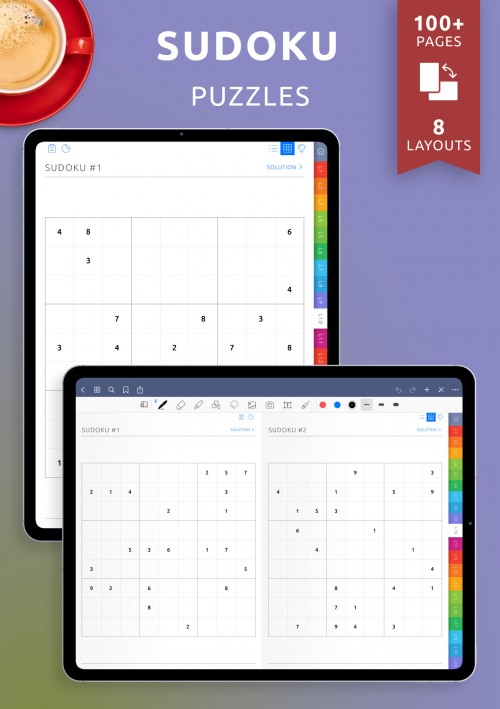
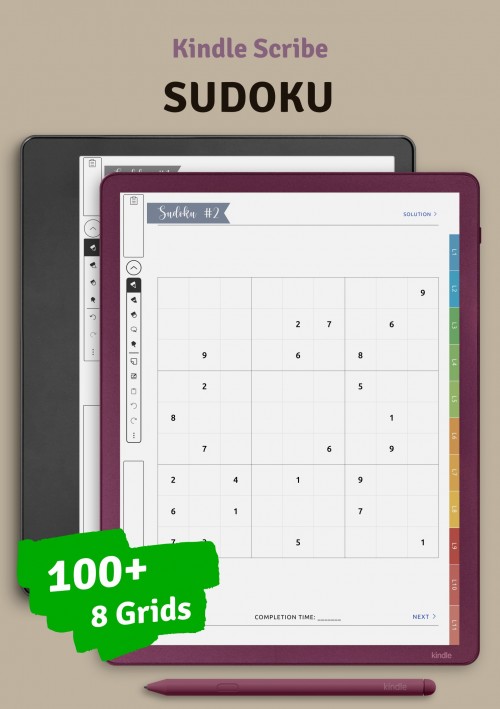

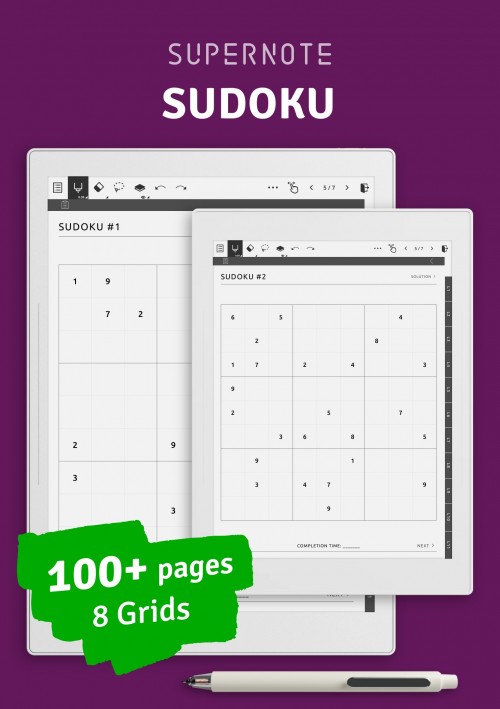
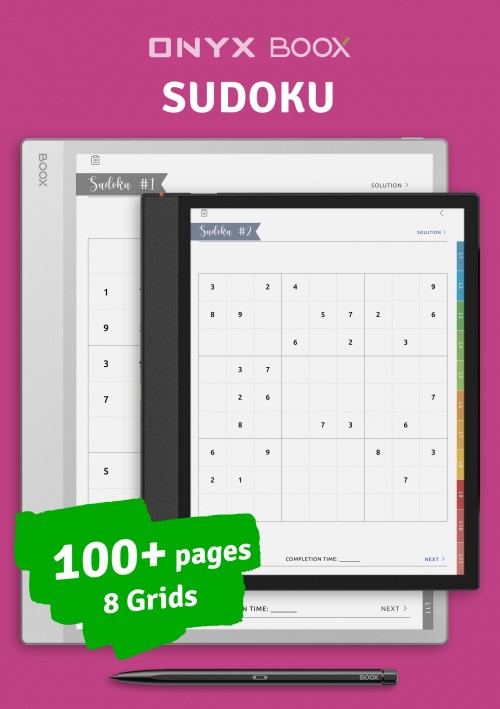
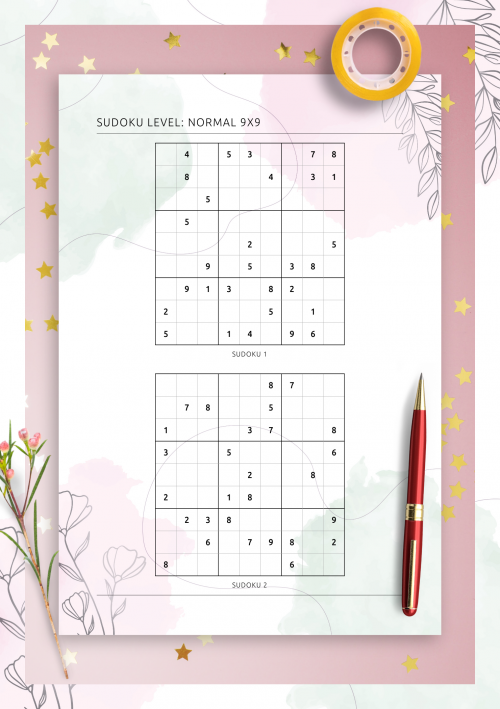
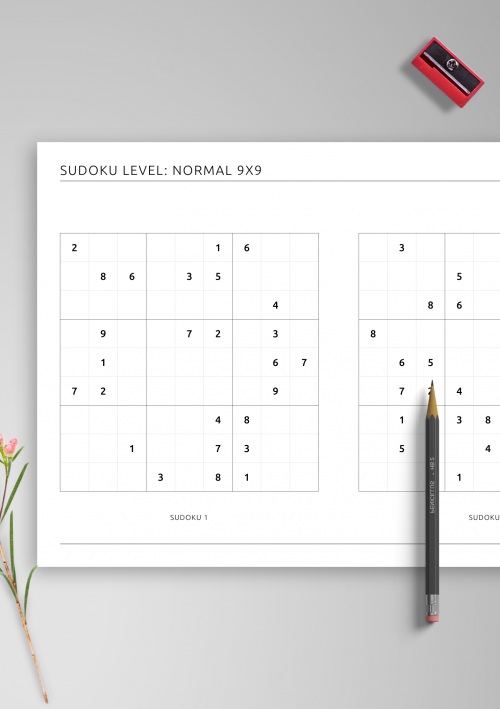
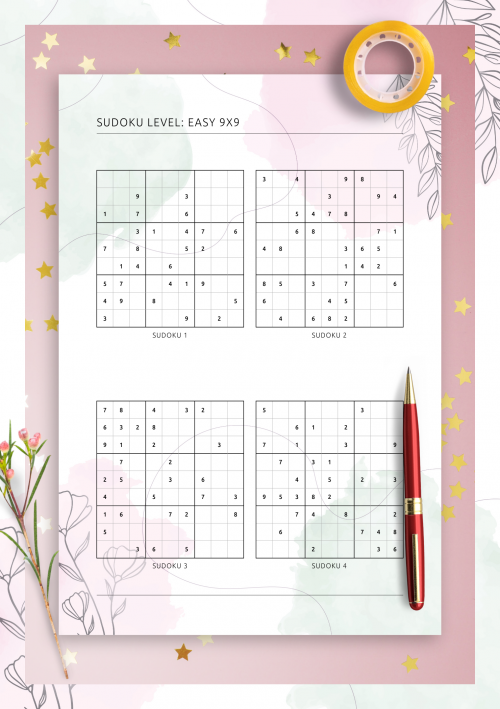
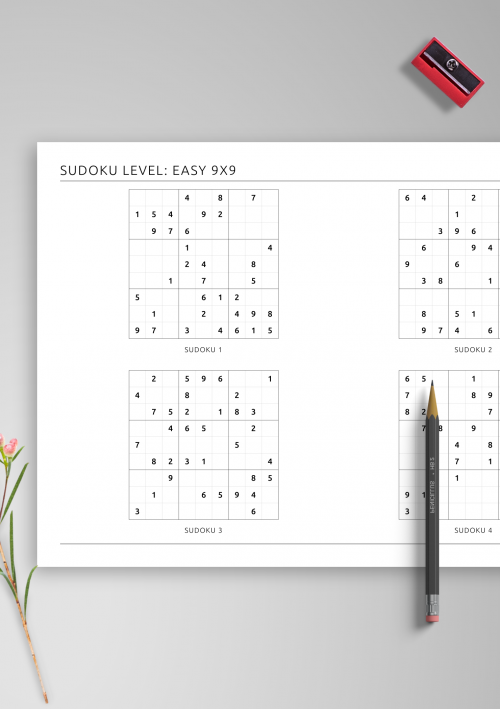
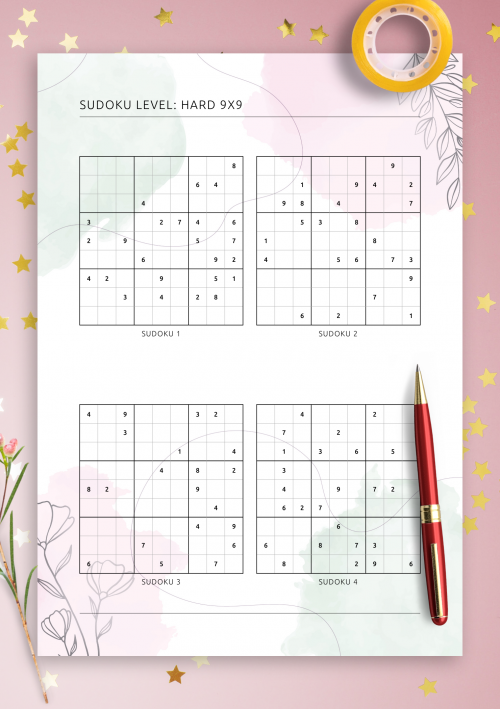
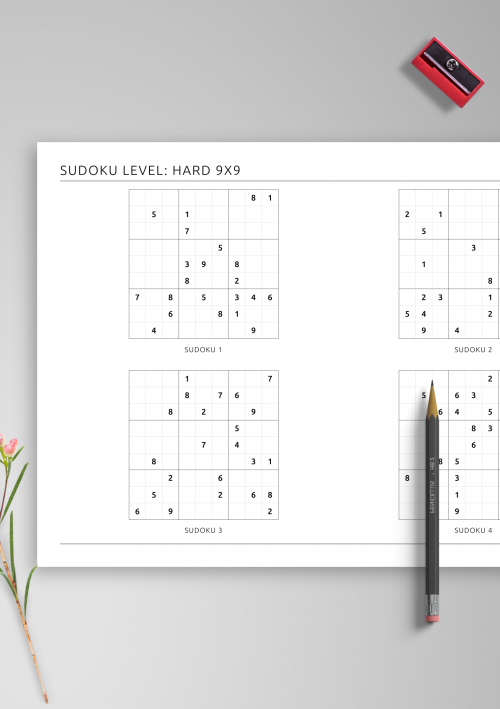
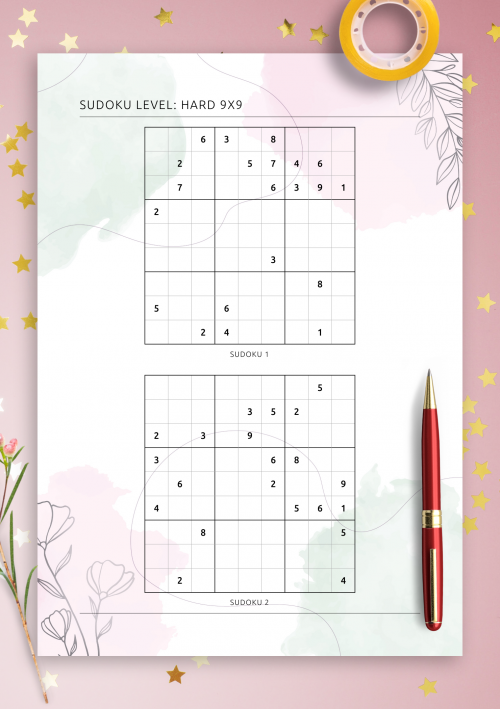
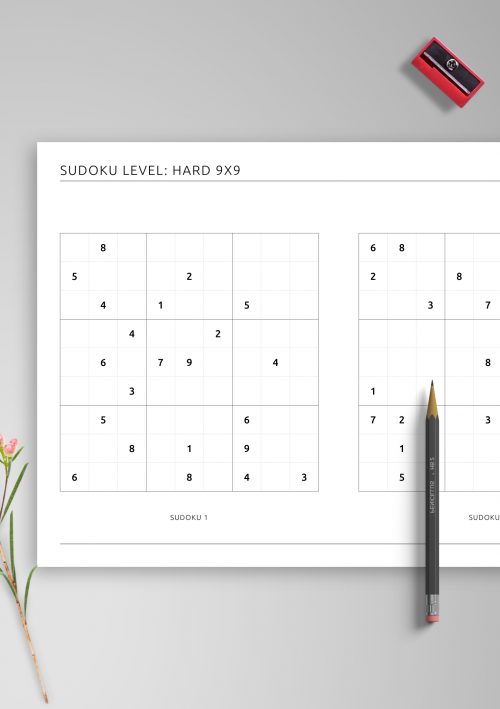

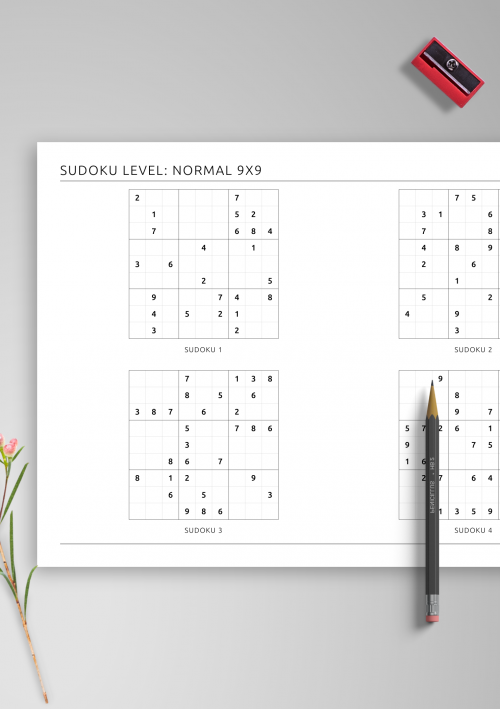
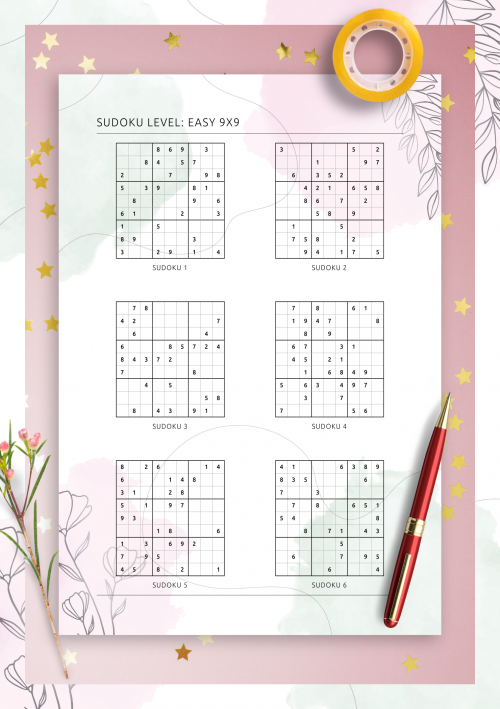
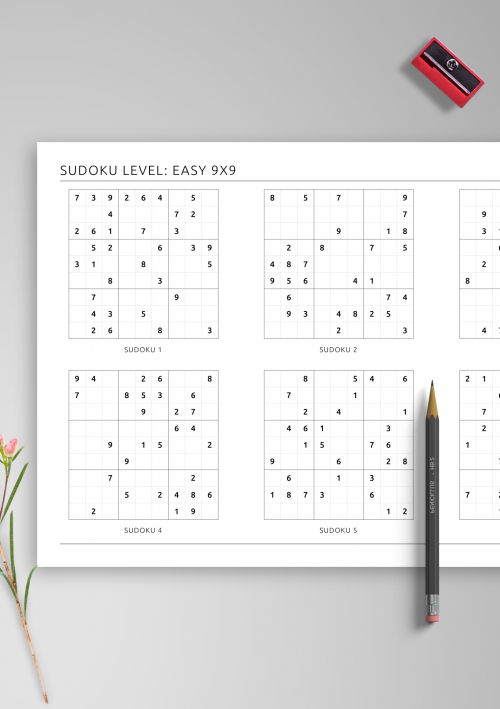
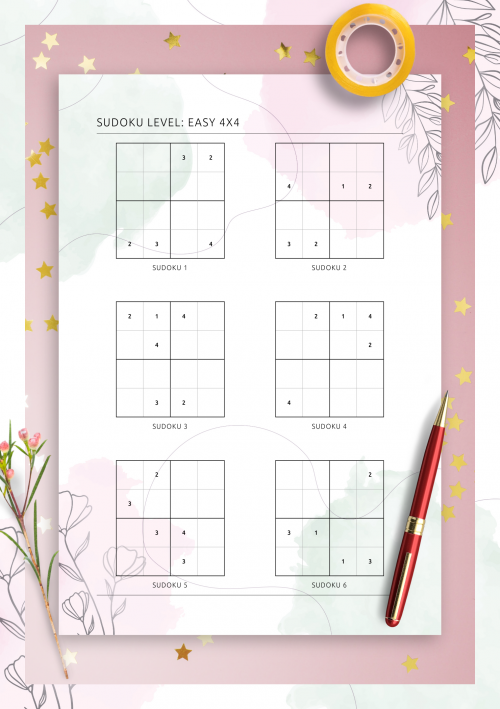
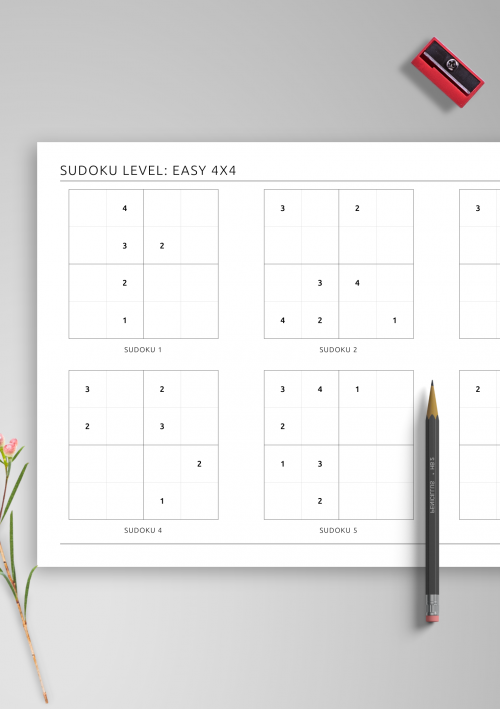
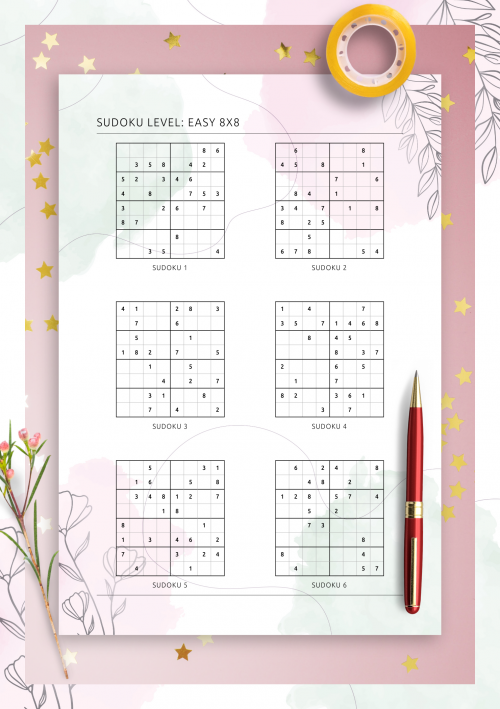

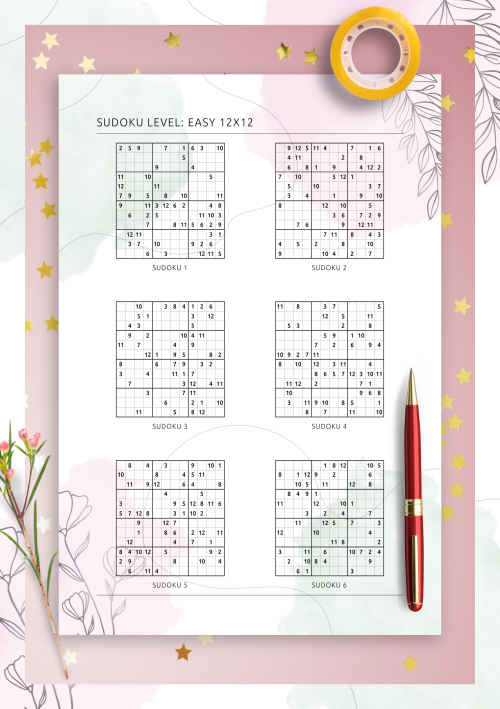
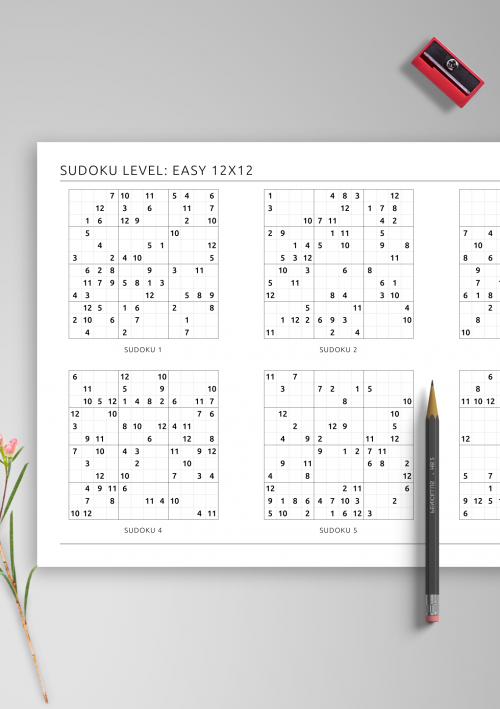

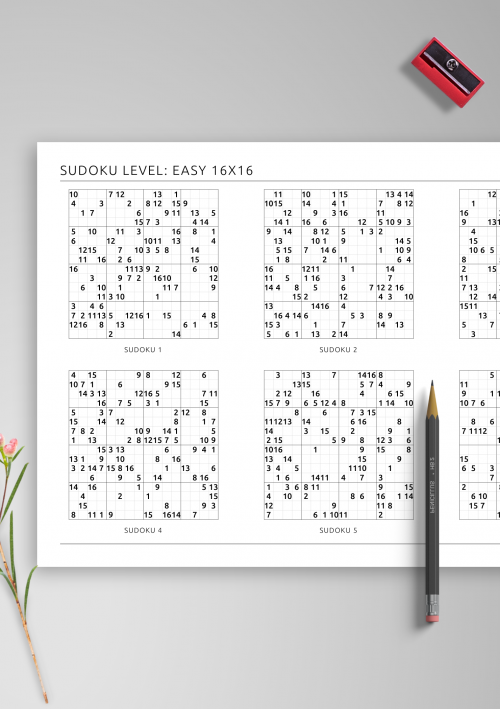
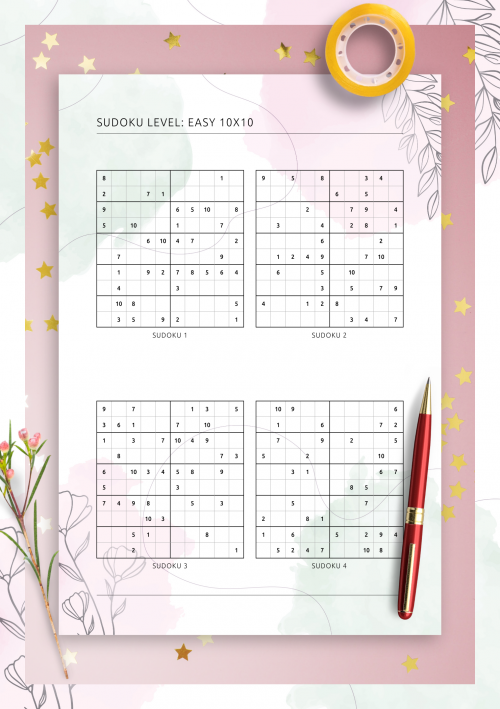
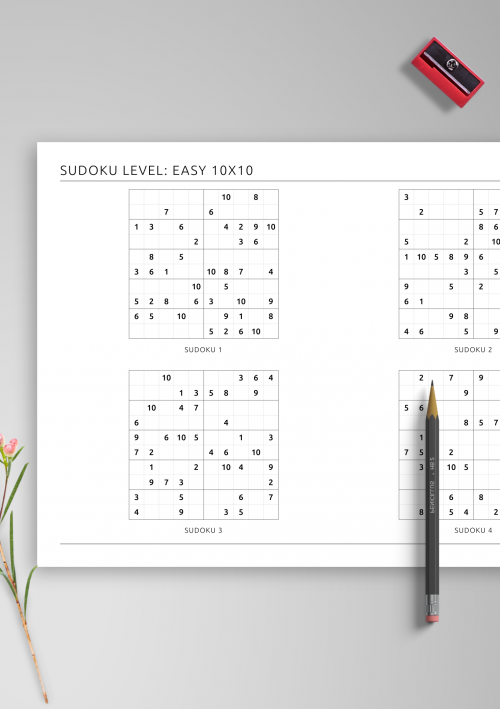
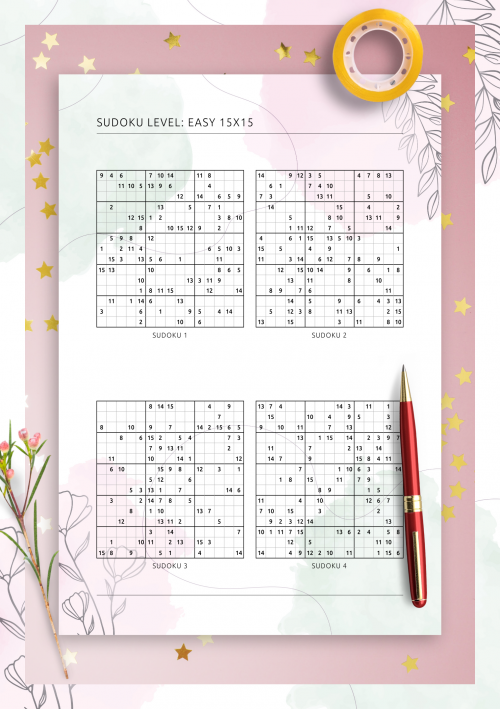
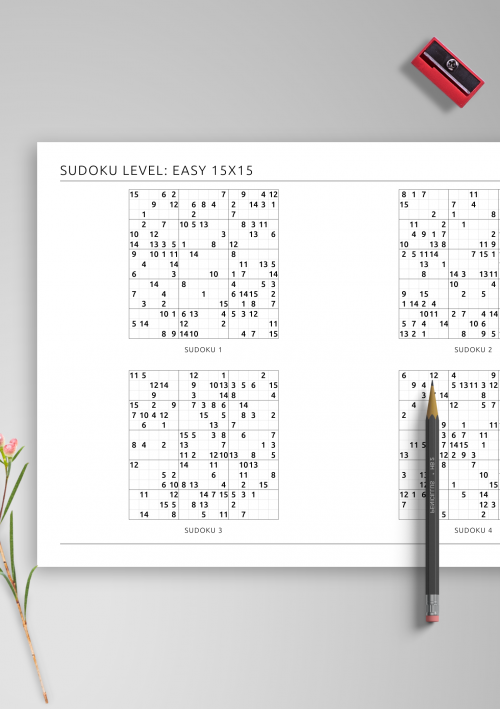
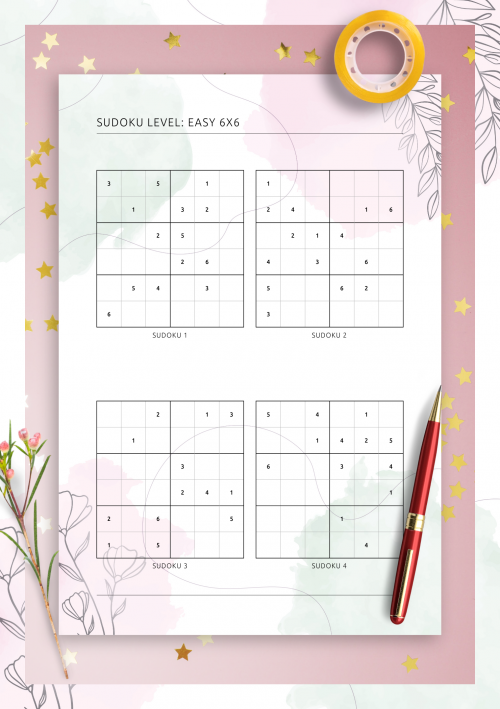
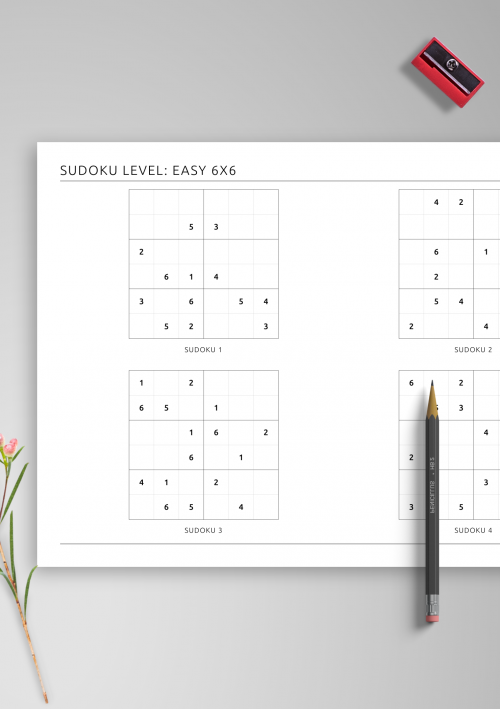
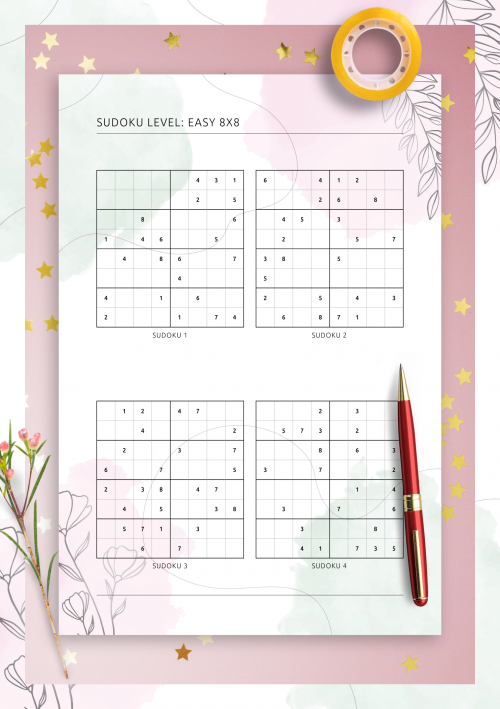
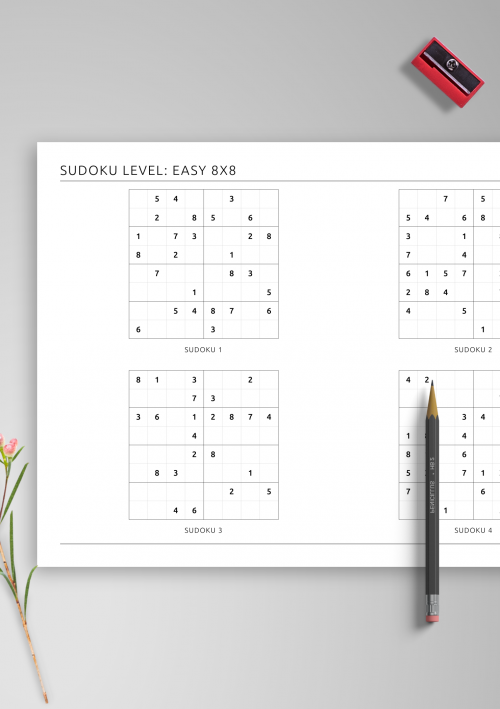
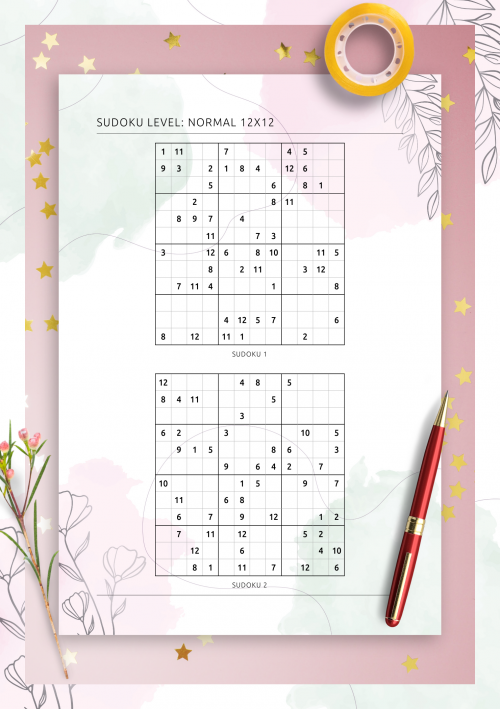
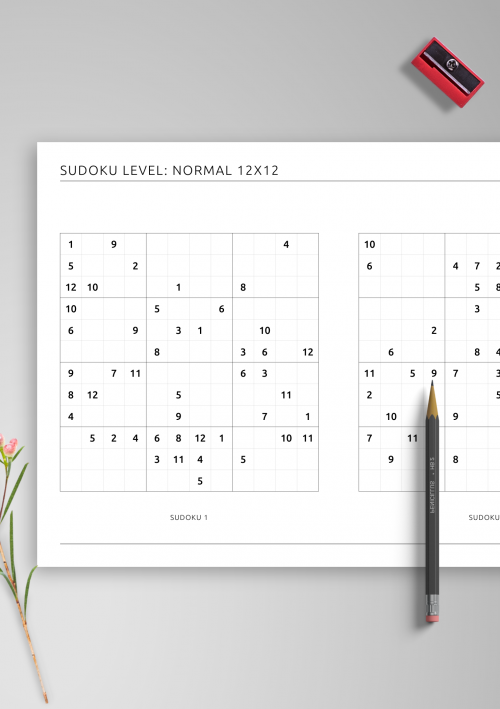
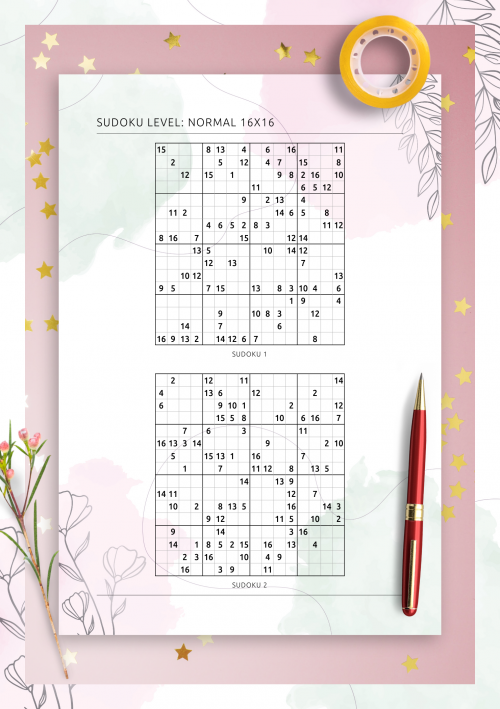
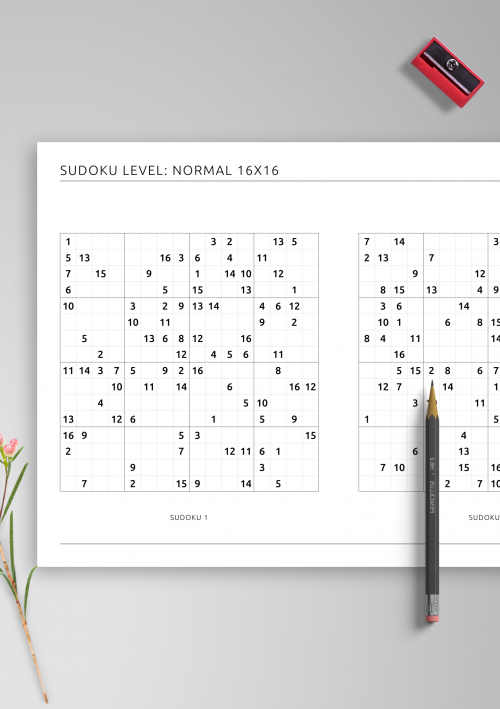
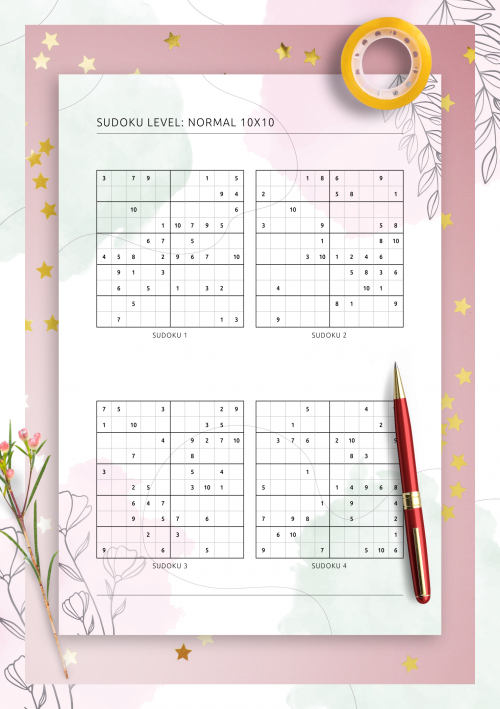
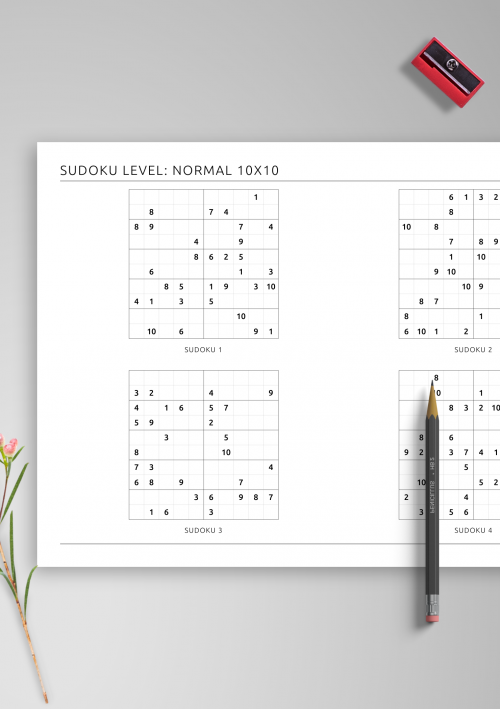
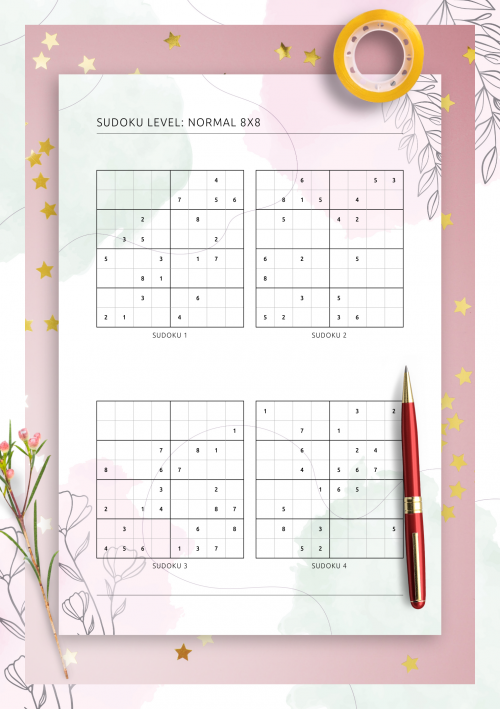

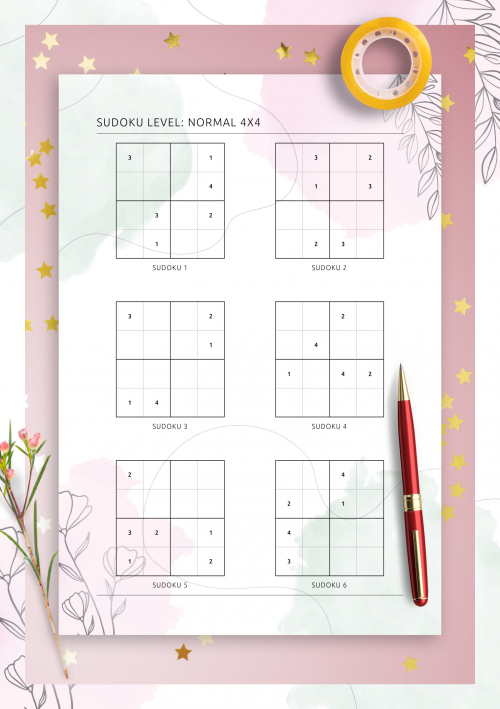
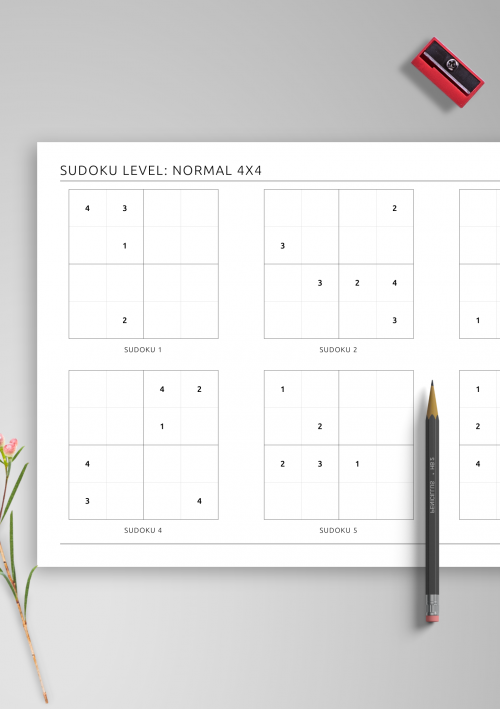
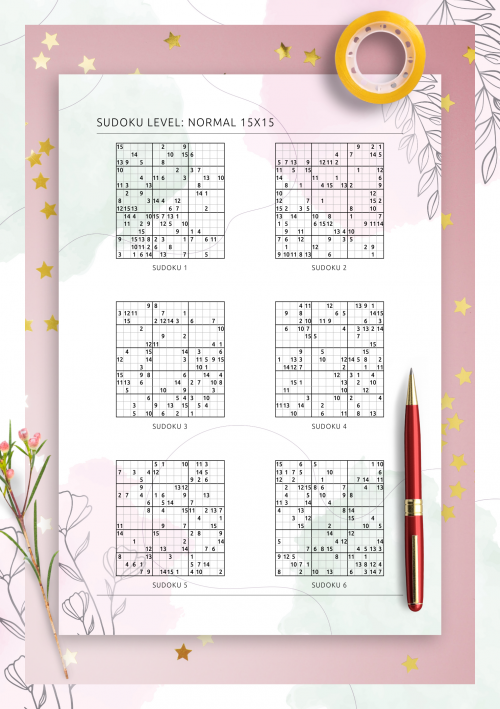
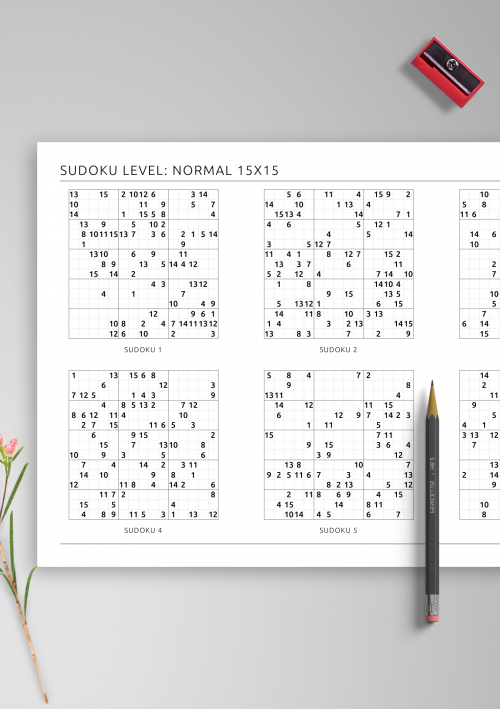

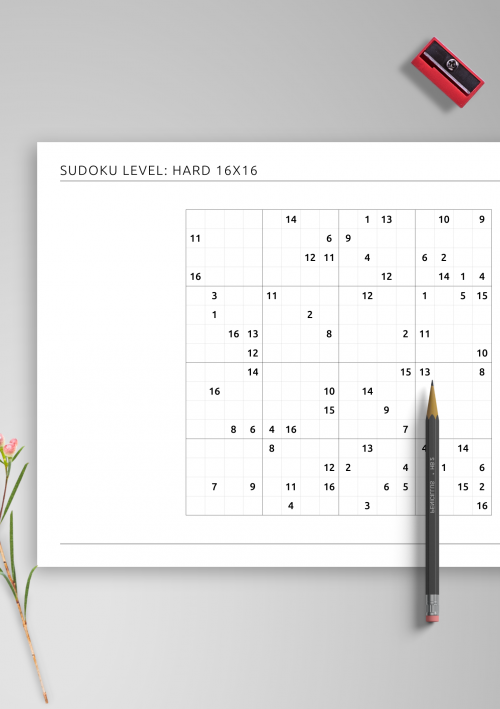
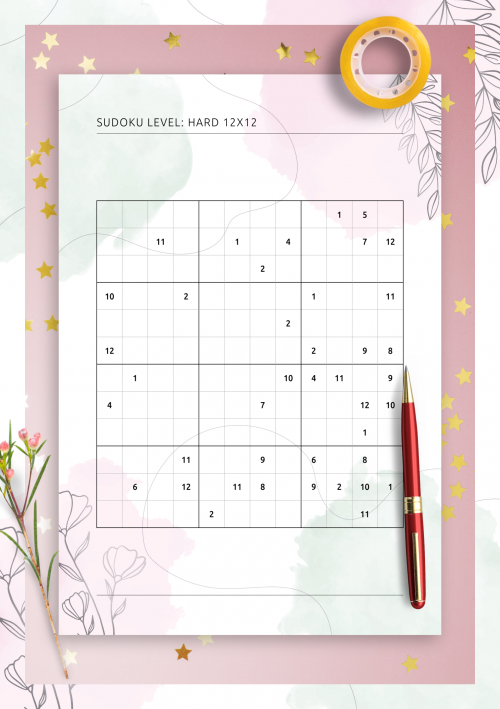
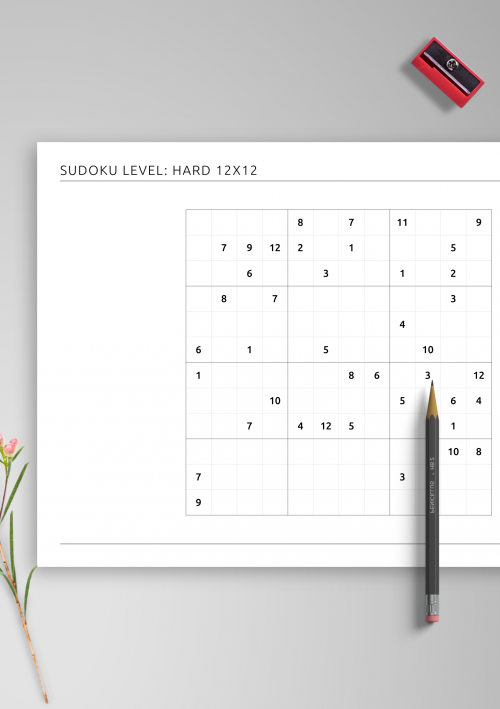
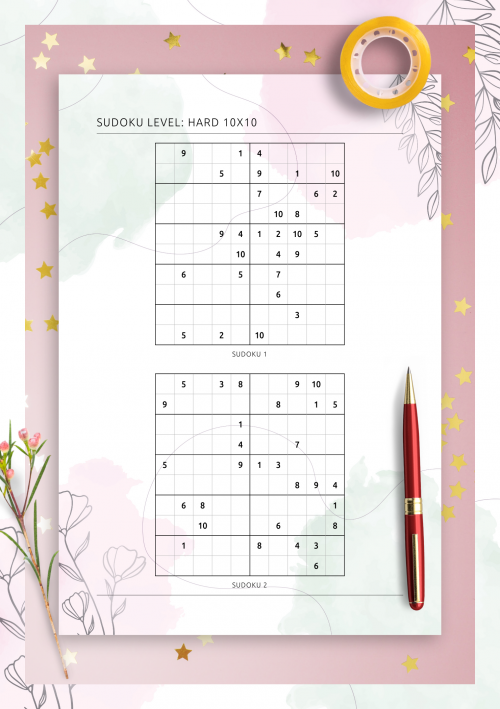
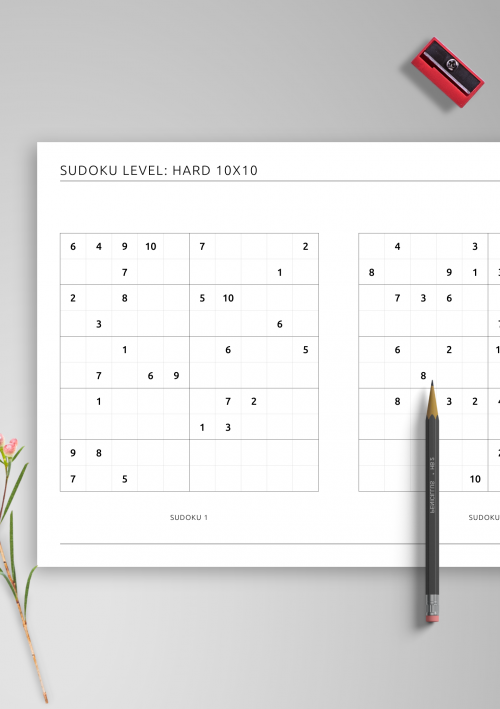
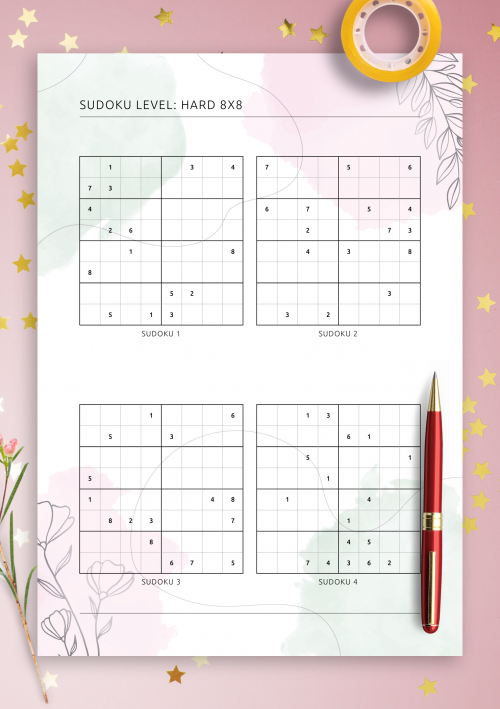
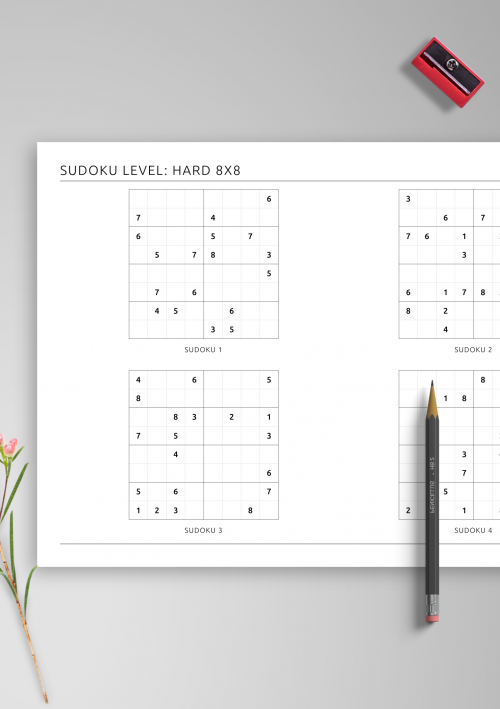
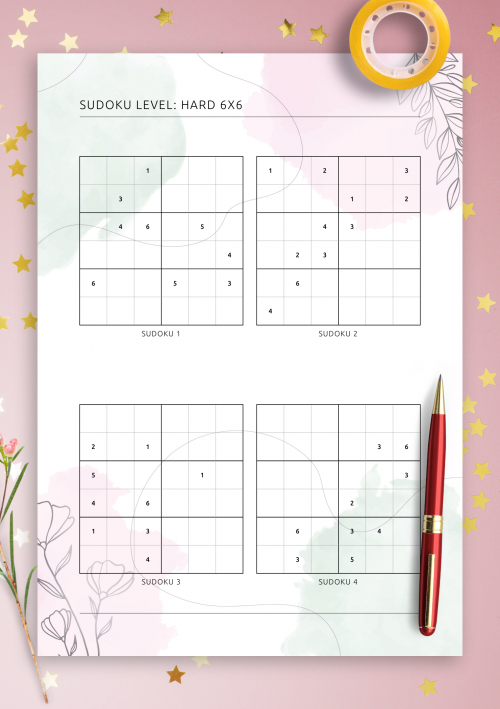
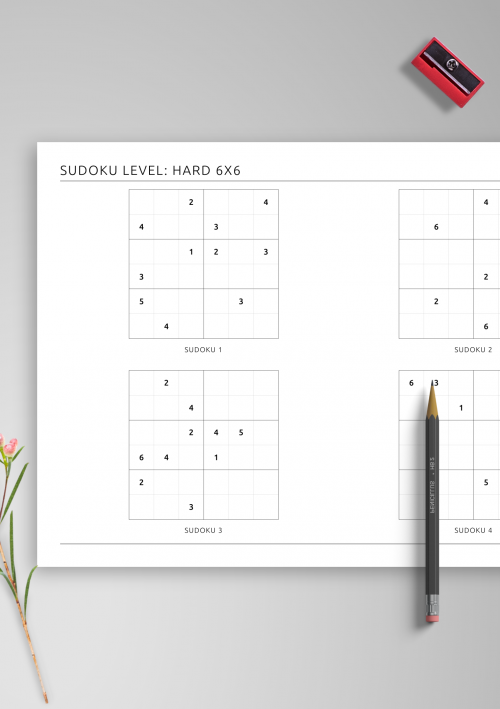
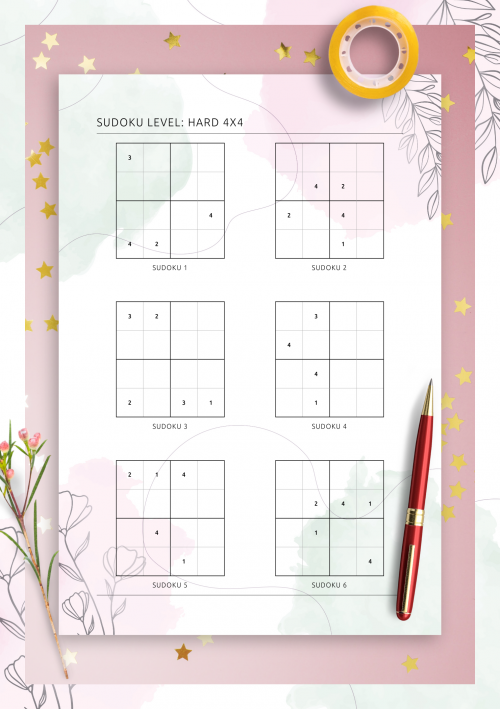
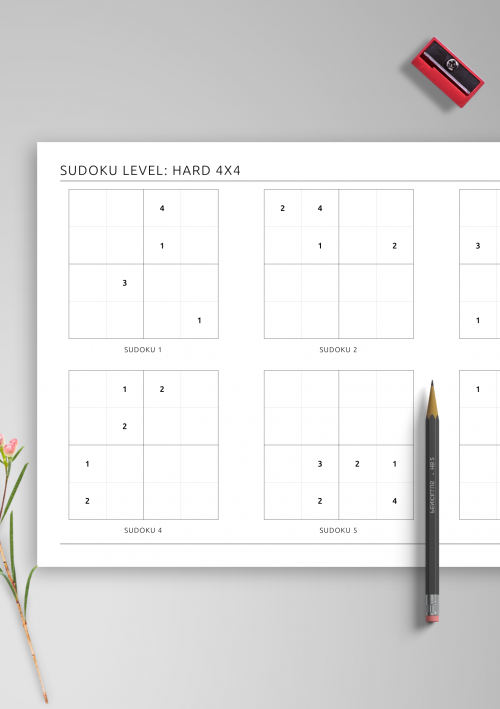
Add new comment